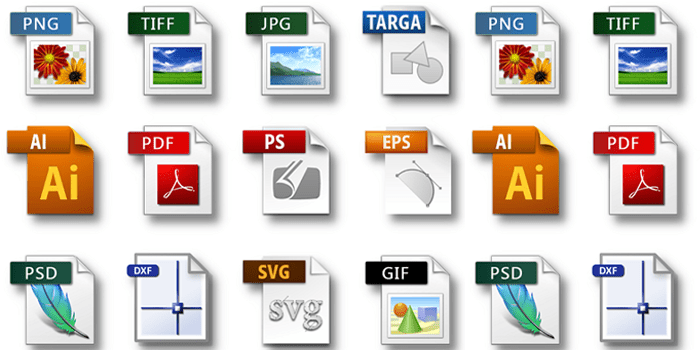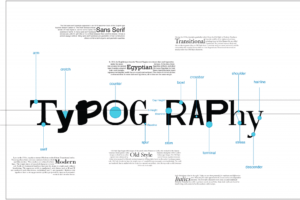
Understanding Graphic File Formats: A Practical Guide
Choosing the right image format is essential for balancing quality, file size, and compatibility. Here's a breakdown of the most common graphic file types, how they work, and when to use them.
Common File Types Explained
TIFF (Tagged Image File Format)
- A highly flexible format that supports both lossless and lossy compression.
- Typically used as a lossless format with no compression, resulting in very large file sizes.
- Ideal for archiving high-quality images but not suitable for web use due to limited browser support and heavy file weight.
PNG (Portable Network Graphics)
- A lossless format that compresses images by identifying patterns, allowing exact recovery of the original image.
- Supports millions of colors and partial transparency.
- Excellent for web graphics, especially those with sharp edges, text, or transparency effects.
GIF (Graphics Interchange Format)
- Uses a palette of up to 256 colors selected from a pool of 16 million.
- Best suited for simple graphics, logos, and animations with limited color ranges.
- Compression is achieved by reducing color depth and encoding repeated patterns.
- Lossless only when the image contains 256 colors or fewer; otherwise, significant color loss occurs.
JPG (Joint Photographic Experts Group)
- Optimized for photographs and continuous-tone images.
- Uses lossy compression that discards imperceptible details to reduce file size.
- Compression level is adjustable, allowing a balance between quality and size.
- Not recommended for line art or graphics with sharp edges.
RAW
- A lossless format used by digital cameras to preserve all image data.
- Smaller than TIFF but varies by manufacturer, often requiring proprietary software to view.
- Ideal for professional editing workflows where maximum image data is needed.
BMP (Bitmap)
- An uncompressed format developed by Microsoft.
- Rarely used due to large file sizes and lack of advantages over other formats.
Proprietary Formats (PSD, AI, PSP, etc.)
- Native formats for software like Photoshop (PSD), Illustrator (AI), and Paint Shop Pro (PSP).
- Preserve layers, effects, and editing capabilities.
- Best used during the design process; final exports should be saved in standard formats like JPG, PNG, or TIFF for broader compatibility.
When to Use Each Format
| Format | Best Use | Avoid When |
|---|---|---|
| TIFF | Archiving high-quality images | Web display or limited storage |
| JPG | Web photos, digital camera output | Line art or sharp-edged graphics |
| GIF | Simple graphics, animations, limited color | Photographs or rich color images |
| PNG | Web graphics with transparency or sharp detail | None—widely supported and versatile |
| RAW | Professional photo editing | Quick sharing or universal viewing |
| BMP | Legacy applications | Modern workflows |
| PSD/AI/PSP | Editing in native software | Sharing or long-term storage without conversion |
Web Optimization Tips
- Use JPG for photographs to maintain quality with manageable file sizes.
- Use PNG for logos, icons, and images requiring transparency or crisp edges.
- Avoid TIFF for web use—most browsers don’t support it.
- Prefer PNG over GIF


